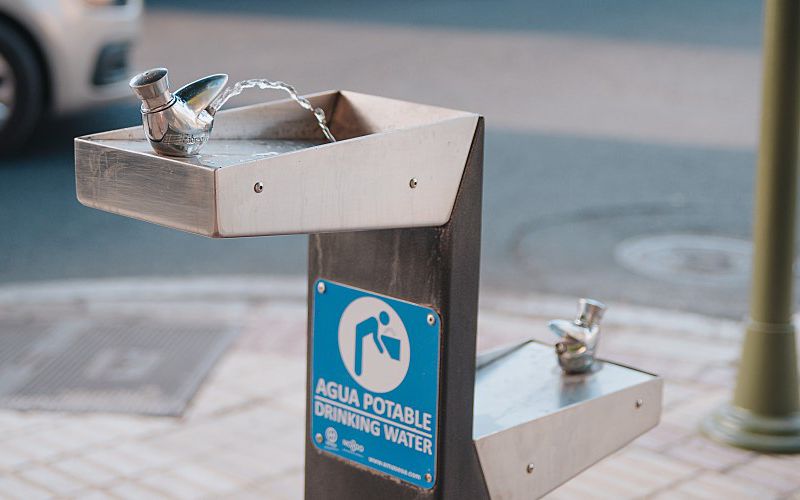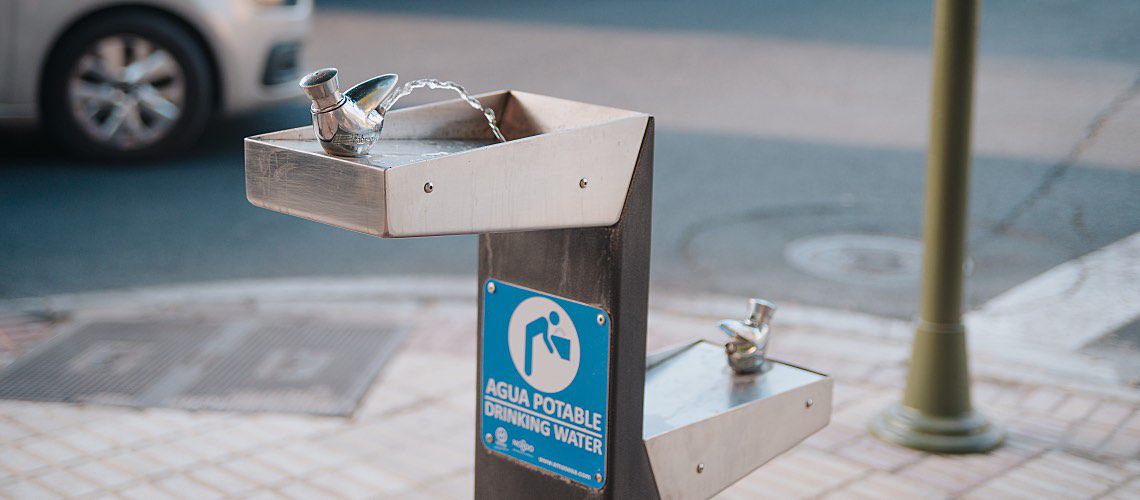Updated EU Drinking Water Directive Approved


The European Parliament approved an updated EU Drinking Water Directive (DWD) in December 2020, its first revision in more than two decades. Now, member states have until January 12, 2023, to adapt national legislation to the new directive. For many water testing professionals in the European Union, sweeping policy changes are approaching quickly.
Key updates to the DWD include introducing a risk-based approach for water suppliers as well as changes to microbiological parameters for Legionella and intestinal enterococci testing. Building owners will need to start testing for Legionella in priority premises such as hospitals and schools, if they don't already.
In addition, the directive increases the minimum frequency for intestinal enterococci sampling to be in line with Escherichia coli and coliform bacteria. Although some EU member states began one-to-one intestinal enterococci and E. coli monitoring several years ago, others that only test a small percentage of their samples will need to ramp up.
Understanding the latest EU DWD enables water utilities and private and public labs to adapt efficiently to changing national laws in the coming months. Nimble responsiveness helps ensure that the water delivered to the local population is healthy, clean, and free from harmful pollutants.
New Risk-Based Approach
In 1998, the European Parliament and the Council approved the current DWD, adapting an older directive relating to water for human consumption and setting community standards for quality parameters. But much shifted in the years since, prompting a group called the Right2Water European Citizens' Initiative to push for updates, especially guaranteed access to safe drinking water.
A Right2Water petition gathered more than 1.8 million signatures from citizens in numerous member states, the Brussels Times reported. As a result, the European Commission agreed to work on modernizing the rules, using World Health Organization (WHO) recommendations as a guide. Following extensive discussions, the Parliament reached a consensus and voted in favor of adopting the updated directive on December 15, 2020.
This EU DWD recast focuses on five main areas:
- Adapting quality, chemical, and biological parameters
- A new risk-based approach
- Harmonizing standards for the materials in contact with drinking water
- Improving consumer access to information about water quality
- Guaranteed water access for vulnerable populations
The risk-based approach follows the WHO Guidelines for Drinking Water Quality, which use the water safety plan method. This internationally recognized method is more preventative than corrective. Water suppliers assess and manage risk in the entire supply chain from the catchment area through treatment and distribution to the point where humans consume it. Many water utilities are already familiar with similar principles for food called Hazard Analysis and Critical Control Points or HACCP.
Notably, the revised directive instructs member states to pay particular attention to microplastics and endocrine-disrupting compounds like Nonylphenol and Beta-estradiol in their risk assessments. Member states also need to identify people in the population who have little or no access to water intended for human consumption and then take measures to ensure access for these vulnerable and marginalized groups.
Updated Waterborne Illness Parameters
The latest directive makes two major changes to microbiological parameters: introducing a domestic distribution system for Legionella testing and reinforcing intestinal enterococci testing.
France, Germany, and the Netherlands have mandatory Legionella and temperature monitoring, but some EU countries don't. Citing the WHO's detailed review in 2017 of parameters and parametric values, the EU DWD recommends assessing potential risks from Legionella, which "causes the highest health burden of all waterborne pathogens" and "is transmitted by warm water systems through inhalation, for instance during showering."
According to the directive, a domestic distribution system means the pipes, fittings, and appliances located between the distribution network and the water taps in public and private locations. Member states should determine what they consider priority premises which could include hospitals, healthcare facilities, retirement homes, schools, restaurants, hotels, recreational facilities, and penal institutions. Then, they must implement regulations to monitor at least these sites for Legionella. Each member state can determine which testing parameter, such as Legionella spp. or Legionella pneumophila, and methods to use, as long as their national regulations are at least as stringent as the EU Directive.
Intestinal enterococci have long been a key indicator of drinking water safety. The bacteria tend to survive longer in water environments than E. coli and are also more resistant to chlorination.
The directive now lists intestinal enterococci in the Group A parameters, along with Escherichia coli and coliform bacteria, which wasn't the case in the previous DWD. This increases the minimum frequency for intestinal enterococci sampling based on the local water distribution volume. For example, a supplier that distributes 100 to 1,000 square meters of water per day would need to sample for intestinal enterococci and E. coli at least four times a year. Plus, the frequency can't be reduced for these two "core parameters," even if an assessment shows zero risk.
Labs that haven't already switched to one-to-one testing between intestinal enterococci and E. coli will need to adjust their workflows and ensure that their testing methods can provide accurate results as quickly as possible—while keeping cost and staff training in mind. When there's fecal contamination, speedy detection along with further sampling and investigation are vital.
Legislative Deadline Approaches
Adapting national legislation to the new EU DWD takes time and requires the 27 member states to invest in enacting the changes. If a country fails to meet the 2023 deadline, the resulting penalties could be quite costly. Still, the legislative changes are likely to happen sooner rather than later. Water experts expect that other countries, including those seeking to join the European Union as well as the ones within the European Economic Area, might try to adapt to the new requirements, too.
The revised rules come at a time when contaminated water continues to pose major threats. Within the past year, at least two EU member states have been referred to the European Court of Justice over failures to comply with the current DWD. Deadly Legionella cases in Europe underscore what's at stake. In September 2021, European Parliament President David Sassoli had to be hospitalized for Legionnaires' disease caused by Legionella.
By taking a proactive risk-based approach to ensuring that drinking water is clean for public consumption, including sampling for core parameters, you can help safeguard human health—particularly for the most vulnerable among us.






